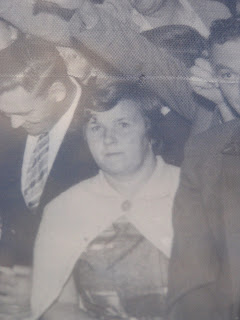Mar 21 Dunedin - First flight/a load of balls
If you recall my blog post on 11 October, 2009 entitled "Flying Boats" you will be aware of my ignorance regarding the subject of flying 'firsts'
On our way from Oamaru to Dunedin we encountered another story new to us.
Richard William Pearse who lived nearby our route was a farmer with an interest in mechanical things. He built a two-cylinder petrol engine in 1902 and went on to construct a monoplane from bamboo, tubular steel, wire and canvas. In 1903 he attempted to fly this machine which must have resembled a modern microlight. After a redesign of the engine to increase the power he succeeded in taking off from the road alongside his farm and, after 50 yards airborne, crashing into a gorse hedge. This was 31 March 1903 some nine months before the Wright brothers' flight.

As we followed the coast towards Dunedin we also encountered the Moeraki Boulders. Formed 60 million years ago on the seabed when lime salts congregated around a hard core, these near-perfect spheres range in size up to about 14ft in diameter.

There are many Maori legends centring on the boulders and we certainly found some odd creatures around here






















